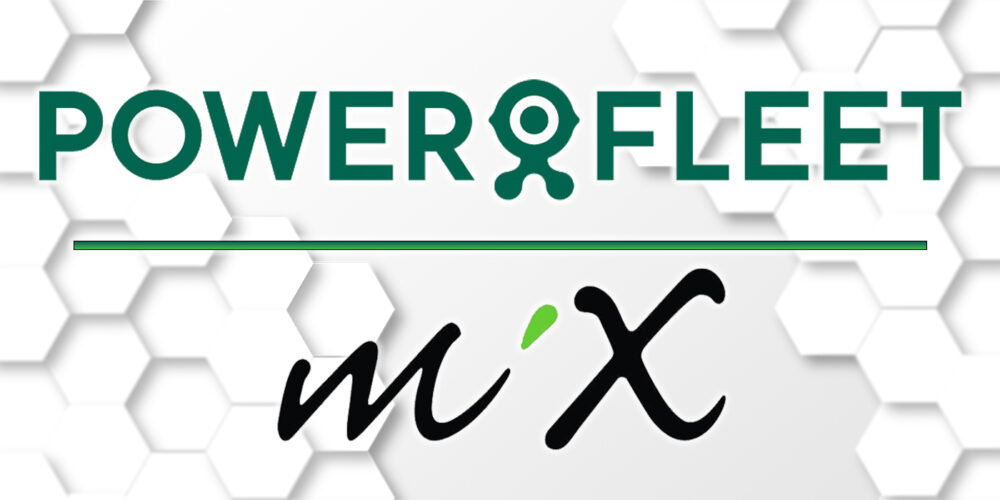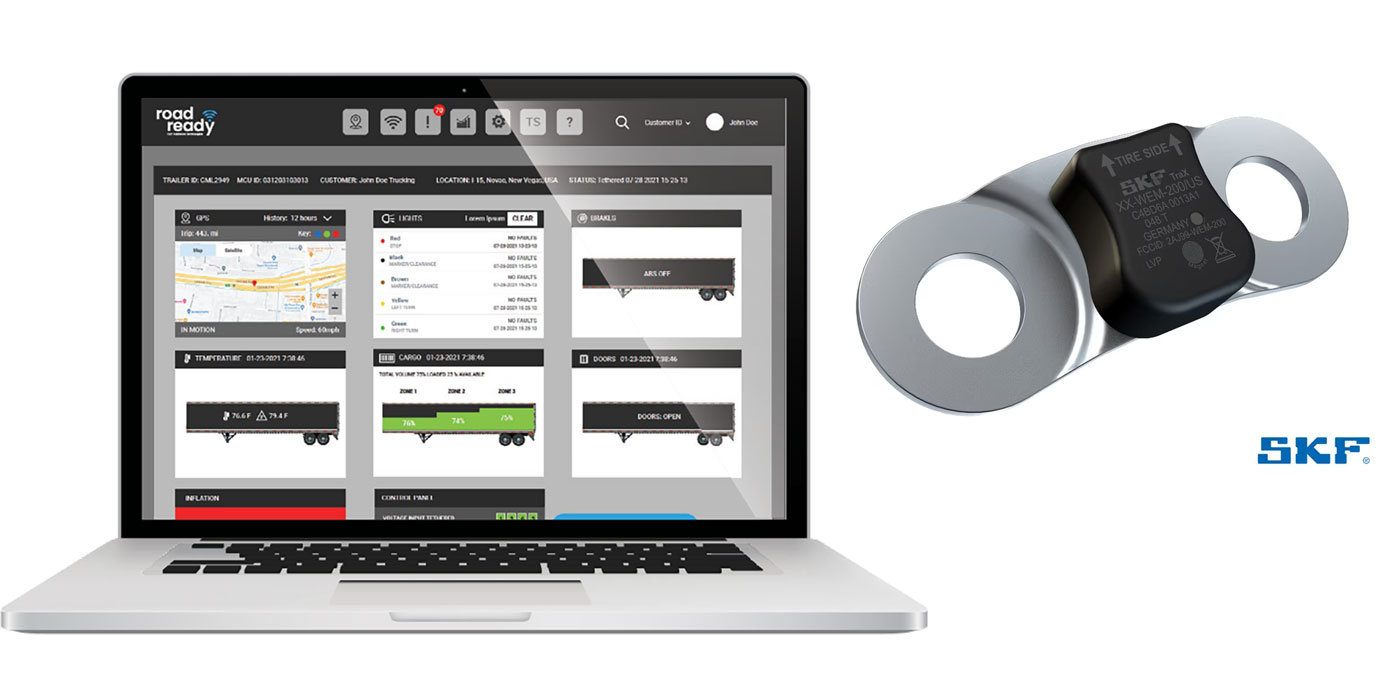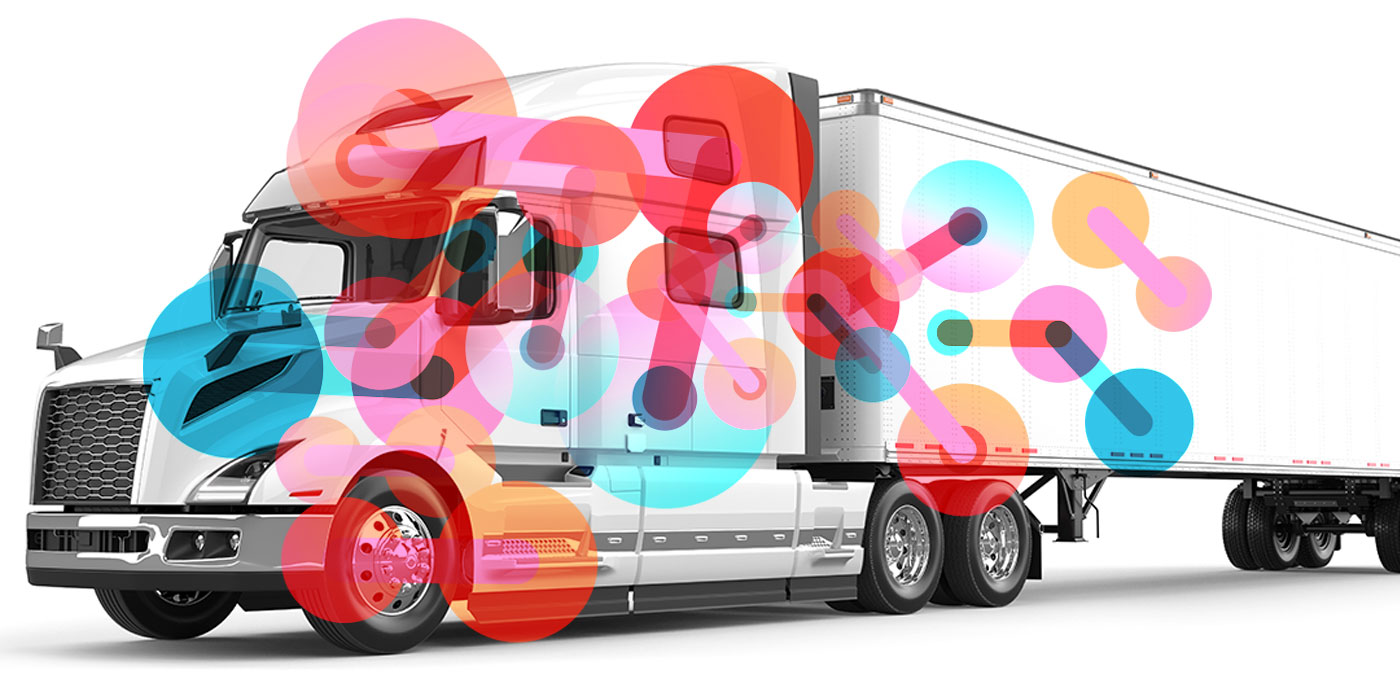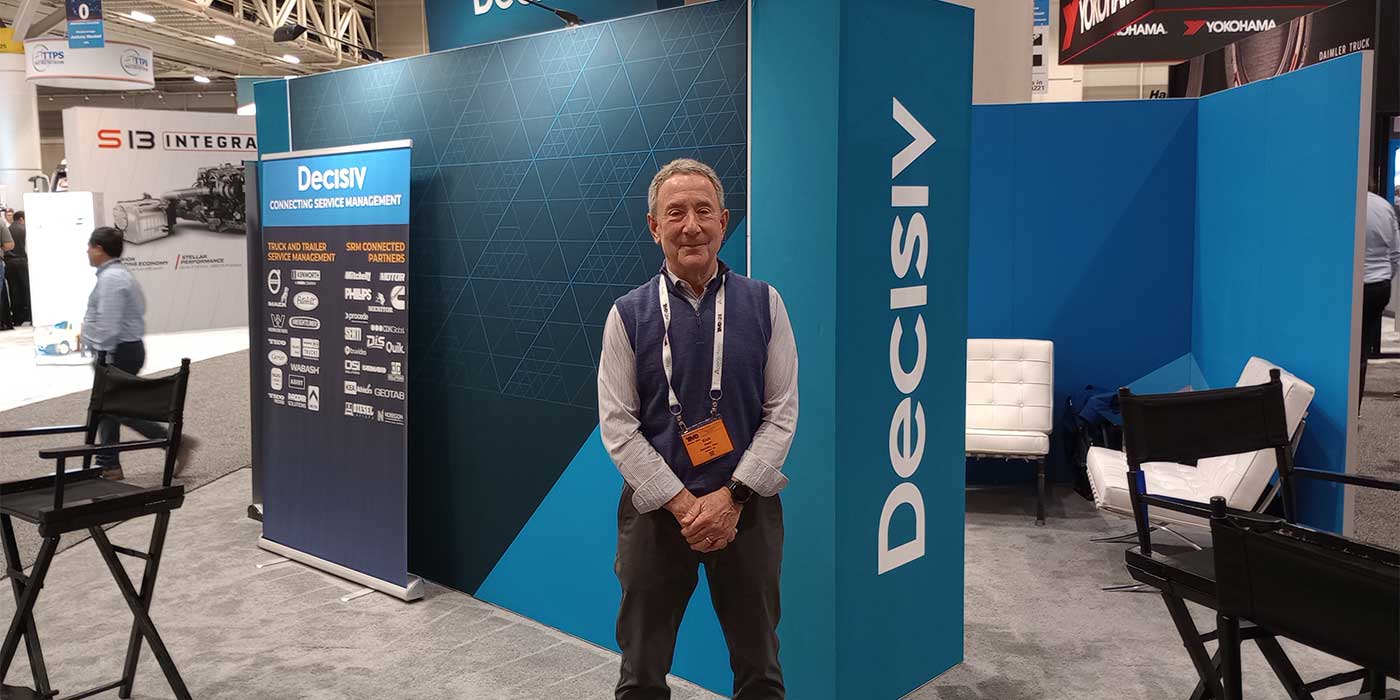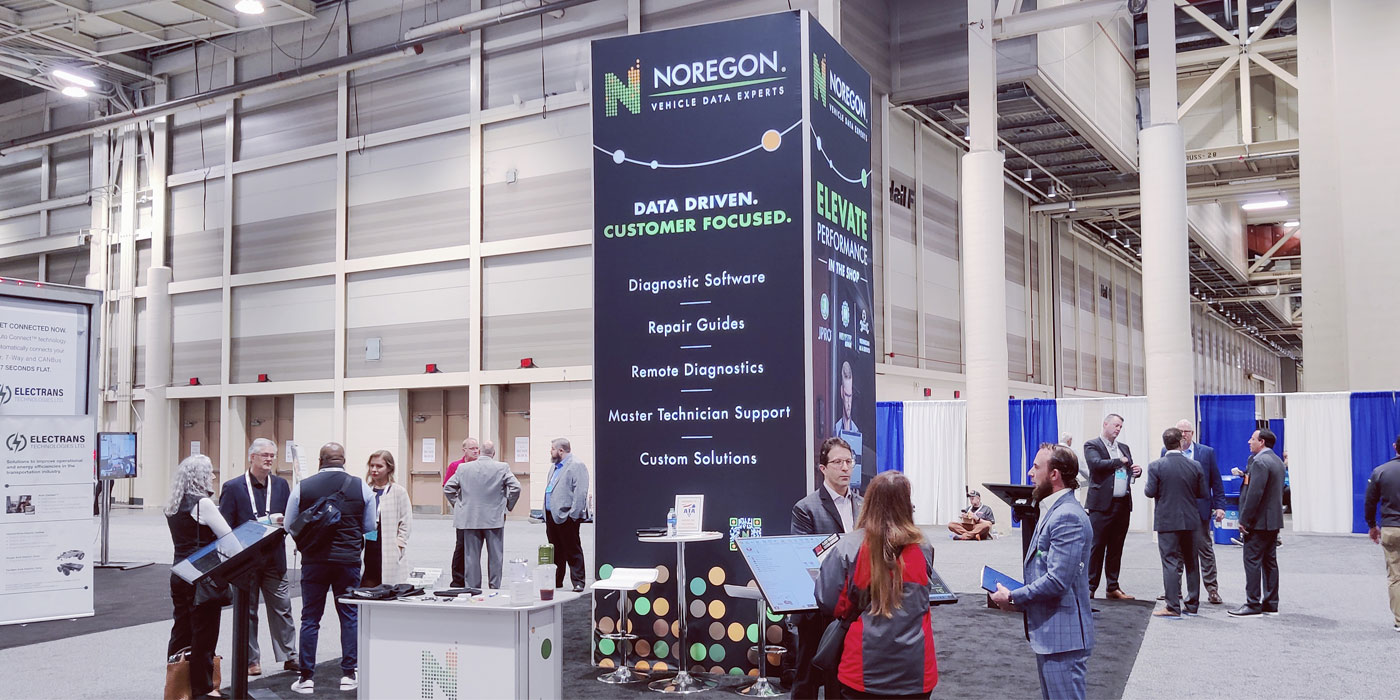As you probably know, the trucking industry is absolutely booming right now and things look to continue this way into next year. It seems like every month a new record is being set by truck orders, trailer orders or both.
This is fantastic news for the industry, but there is a downside for fleets, which comes in the form of an extreme backlog of truck orders. This year’s success has been so overwhelming that truck OEMs can’t make trucks fast enough to meet customer demand. Backlogs are stretching well into 2019.
This could make things difficult if you’re a fleet that needs new trucks soon. If you don’t want to or can’t wait until the backlogs resolve themselves, you will have to get creative. A couple of popular options include opting for used equipment that is only a couple of years old, or going with remanufactured equipment. Brian Holland, president and chief financial officer of Fleet Advantage, suggests extending the life of your current equipment as an option.
“It may not be the most economical option, but it’s one that may be necessary in order to ride out the cycle,” he says.
This is what Fleet Advantage does: it focuses on managing the lifecycle of a fleet’s assets to optimize fuel economy and fuel savings, save on maintenance costs and improve the overall efficiency of the fleet.
“We believe that having a routine replacement cycle and getting ahead of that is advantageous for fleets, “ he says. “It helps them to reduce their overall costs, to avoid some of the delays in the supply chain that we’re seeing today and to improve their overall efficiency.”
This helps you avoid being in a position where you need equipment and you’re not able to get it.
“One of the things that we focus on is using data analytics to help fleets make better decisions and to reduce their overall costs,” Holland continues. “And while in certain instances there may not be a lot that you can do to impact your current situation, having a good understanding of what those costs are and what opportunities will exist when market makes that available to you is extremely important. Having a good baseline and a good understanding of the different cost components of a particular fleet’s operation will help fleet operators make better decisions about their fleet; when those opportunities present themselves, they can make good, informed and timely decisions.”
Holland gives an example of a grocery distribution fleet with which Fleet Advantage works.
“One of the things that we generally do when we get involved with a prospect is to do a comprehensive fleet review,” he explains. “It helps them to overcome some of the intuition that they might have and give them reliable information and data points about their fleet. So on this study, we used a data analytics project to help this company to modernize their fleet, and they were able to improve their overall productivity. By having a younger, more efficient, more productive fleet, they were able to reduce the size of the fleet by almost 7%, which, in today’s world, is pretty significant.”
This goes with the need for truck procurement—you may find that by optimizing the way your fleet is set up, you need less equipment than you think, which can be very valuable at a time in which there’s not a lot of equipment to go around.
“Helping to develop a path to having a more efficient, more productive fleet is something that fleets can start on now,” Holland concludes. “They may not be able to execute their plan at this particular moment, but when the opportunity presents itself, they at least have a path to get to that point.”






